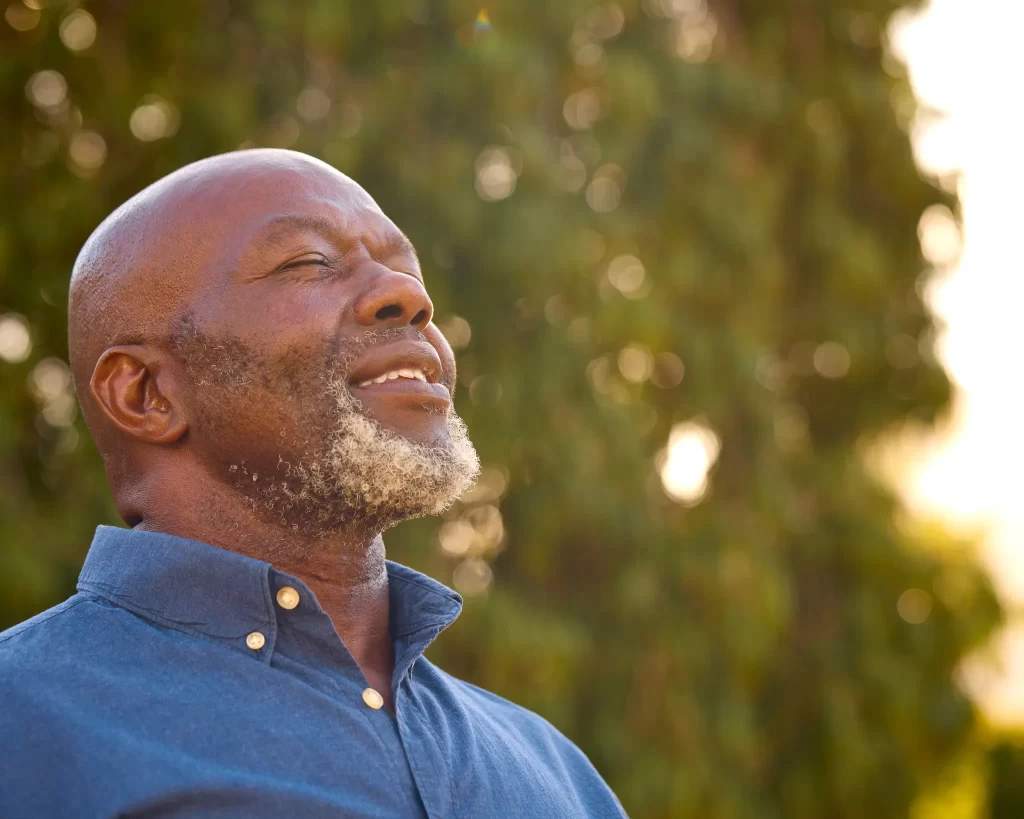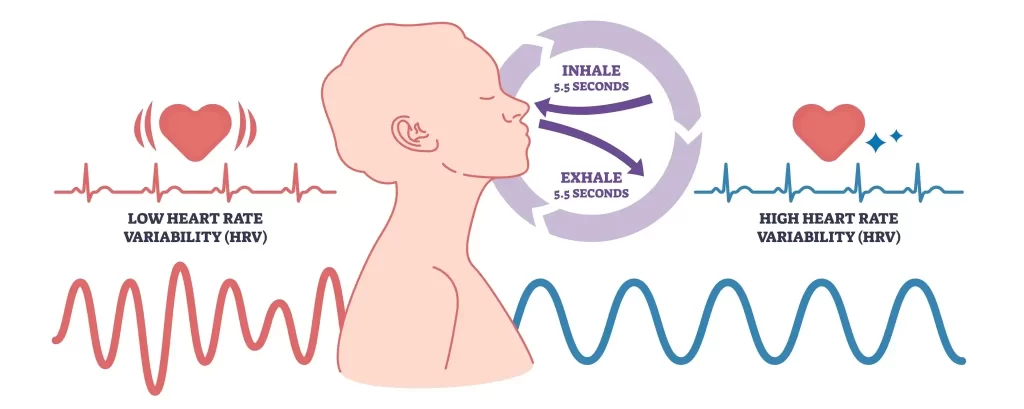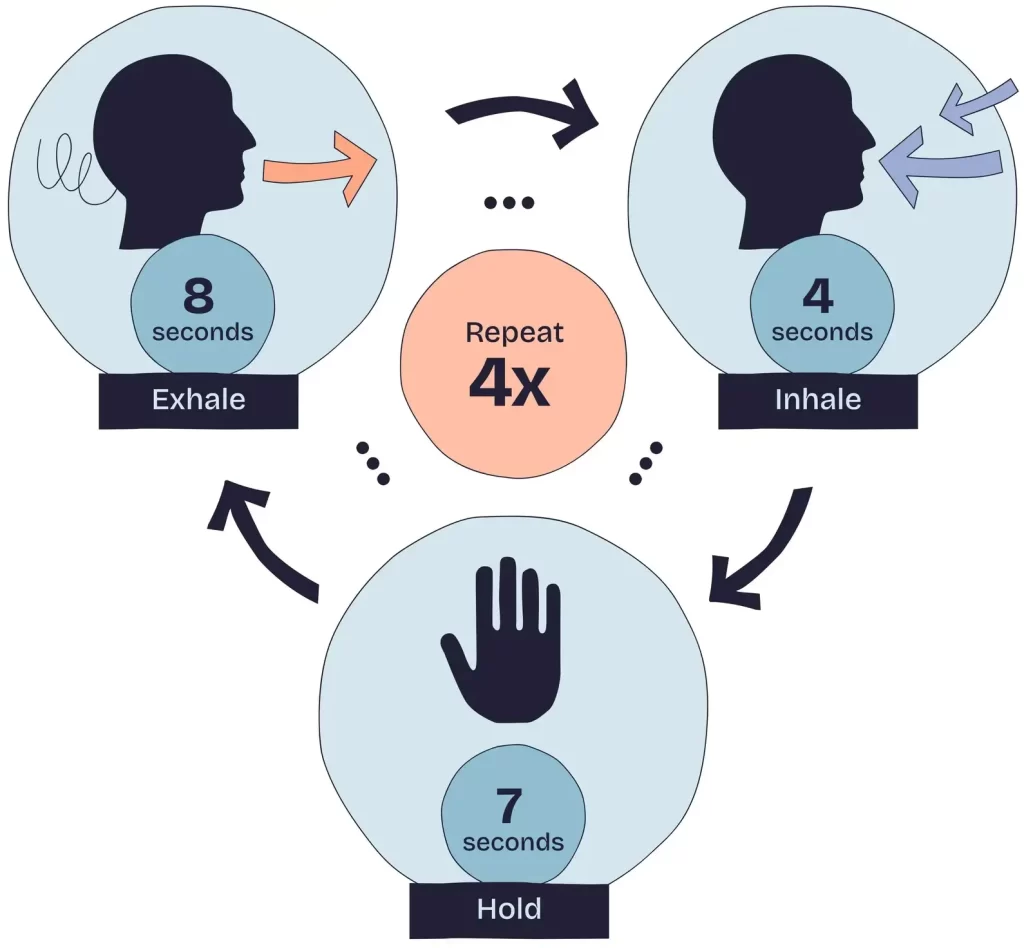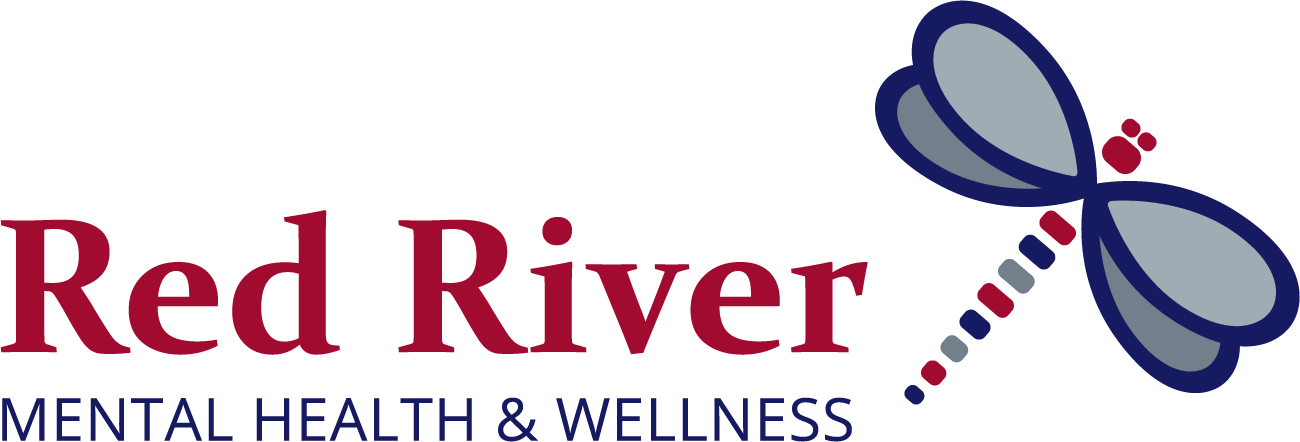Why Breathwork Is the Most Powerful Tool for Stress Relief
For many people, being told to “just breathe” can feel frustrating. It sounds too simple in the middle of anxiety, panic, or emotional pain. But breathing isn’t just a cliché—it’s one of the most powerful ways to calm the body, steady the mind, and remind yourself that you’re safe.
Breath is unique: your body does it automatically, but you can also guide it consciously. And when you do, you can shift your entire state of being—from stressed and overwhelmed to grounded and connected.
Why the Way You Breathe Matters

Not all breathing is the same. When you’re stressed, your breath often rises into the upper chest—fast, shallow, and tight. This kind of breathing signals to your body that you’re under threat, activating the survival response even when you’re not in real danger.
When you breathe from the belly—slow and deep—you tap into the body’s natural calming system. Belly breathing sends a clear message of safety, steadies your heart, and helps release tension.
Try this: place one hand on your chest and the other on your belly. Take a normal breath. Which hand rises more?
- If your chest hand lifts first, you’re chest breathing.
- If your belly hand lifts more, you’re belly breathing.
With practice, you can retrain your body to favor belly breathing, which supports calm, focus, and emotional balance.
How Breath Calms a Dysregulated Nervous System

1. Sends Signals of Safety
Slow, deep breathing—especially with a longer exhale—stimulates nerves that tell your brain and body, “I’m safe now.” This shifts you out of fight, flight, or freeze and into calm.
2. Steadies the Heart & Blood Pressure
Your heart and breath are deeply linked. Breathing slowly helps create a flexible, steady heart rhythm (called heart rate variability). A steady rhythm makes it easier to handle emotions, recover from stress, and support healing.
3. Restores Body Chemistry
Anxiety often brings shallow, rapid breathing, which can lower carbon dioxide levels and cause dizziness, tingling, or panic. Controlled breathing restores the oxygen–CO₂ balance, calming both mind and body.
4. Anchors You in the Present
Stress and overwhelm can disconnect you from your body, leaving you stuck in hyper-alertness or feeling numb and far away. Conscious breathing pulls awareness back to the here and now.
5. Releases Stored Tension & Emotion
Stress and overwhelm often settle into the body—tightness in the chest, knots in the stomach, or heaviness in the shoulders. Deep breathing engages the diaphragm, loosening these patterns. Certain practices, like connected breathing, can even help long-held emotions surface and be released.
Two Gentle Breath Practices
Here are two simple ways to experience how powerful the breath can be:
1. Belly Breathing (Hand-on-Heart, Hand-on-Belly)
- Sit or lie down comfortably.
- Place one hand on your chest and one on your belly.
- Inhale slowly through your nose, letting the belly hand rise while the chest hand stays mostly still.
- Exhale slowly through your mouth, letting the belly hand fall.
- Continue for 1–2 minutes, focusing on the rise and fall of the belly.
This exercise retrains the body to favor belly breathing over shallow chest breathing.
2. The Long Exhale
- Sit in a relaxed position.
- Inhale gently through your nose for a count of 4.
- Exhale slowly through your mouth for a count of 4.
- Repeat for several rounds, letting your body soften into the rhythm.
The long exhale acts like a “reset button” for the body, signaling it’s safe to relax. This is especially helpful when you feel anxious or wound up.
The Deep Relaxation Breath (4–7–8 Breathing)

Once you’re comfortable with gentler breathing patterns like belly breathing or the long exhale, you might want to try a technique that goes a little deeper. The 4–7–8 pattern helps calm both body and mind and is often used for deeper relaxation or preparing for sleep.
How to try it:
• Sit or lie down comfortably.
• Inhale gently through your nose for a count of 4.
• Hold your breath lightly for a count of 7 (don’t strain — just pause).
• Exhale slowly through your mouth for a count of 8.
• Repeat for up to four rounds, then breathe normally.
Why it helps — and when to use caution:
The longer hold and extended exhale slow the heart rate, calm the nervous system, and activate your body’s natural relaxation response. It can be especially helpful after a busy day or when you’re winding down for sleep.
If you start to feel light-headed or short of breath, shorten the counts or return to the gentler 4×6 breathing pattern. Breathwork should always feel soothing — not forced.
Why Breathwork Belongs in Healing
In healing, the first step is always stabilization—helping the body find safety before processing deeper emotions or memories. Breathwork is the most reliable, always-available tool for this.
When people understand the why behind it, breathing stops feeling like an empty instruction and becomes a lifeline. A steady, gentle reminder that even in hard moments, you have a way to guide your body back to safety.
About the Author
Jamie McIntyre is a Masters-level Registered Social Worker and Psychotherapist, and a proud member of the Manitoba Métis Federation (Red River Métis). Based near Wardsville, Ontario, she brings lived and professional experience as a clinician, farmer, coach, frontline worker, and educator. Trained in Polyvagal-Informed Approaches, CBT, EMDR, ACT, and Narrative Therapy, Jamie also integrates holistic, land-based, and equine-assisted methods. She works with clients aged 12 and up, focusing on anxiety, depression, grief, burnout, and life transitions.

